Scoping Review Rhetorical Structure of Discussion Section: Genre Specifics and Principles of Modeling
Background: Although scoping reviews have gained recognition as an independent form of scholarly synthesis, the rhetorical structure of their Discussion sections remains theoretically underdeveloped and is not always implemented effectively in practice. Despite increasing standardization of methodological procedures through frameworks such as PRISMA-ScR and the JBI Manual, the rhetorical conventions governing how findings are presented and how contributions are positioned within the research field remain poorly defined. As a result, the Discussion section in many scoping reviews appears formally structured but substantively diffuse and overloaded with loosely organized commentary. It often fails to fulfill the genre-specific function of scoping reviews: mapping the research landscape and identifying conceptual, methodological, and thematic gaps.
Problem: This study aims to identify and describe the rhetorical structure of the Discussion section in scoping reviews by developing a typology of rhetorical moves and steps and analyzing their frequency, communicative functions, and sequencing. The analysis seeks to clarify how authors construct research-based argumentation in a genre that does not rely on empirical synthesis or quality appraisal.
Methods: The study is based on a corpus of 50 scoping reviews published between 2019 and 2023 in leading English-language journals on education ranked in the first quartile (Q1) of the SJR index. A two-level rhetorical coding scheme was employed: moves were conceptualized as macro-level functions aligned with genre-specific communicative tasks, while steps were analyzed as micro-level strategies that realize those functions. The initial move categories were identified deductively from established models developed for empirical research articles and were subsequently refined and adapted to the logic of the scoping review genre through iterative analysis. The coding process was carried out by three independent researchers, with disagreements resolved through interpretive discussion supported by textual evidence.
Results: The analysis resulted in the identification of six core rhetorical moves specific to the Discussion section in scoping reviews, each serving a distinct communicative purpose. While analytical and evaluative moves were consistently present across the corpus, introductory and interpretive moves exhibited considerable variation and were frequently absent. Only 24% of the articles implemented the full six-move structure. The two-tiered move-step model revealed stable rhetorical patterns, but also highlighted common omissions, such as limited contrastive framing and reference to prior development of the field, insufficient explanatory commentary, and uncritical transfer of rhetorical structures from systematic reviews, which undermine the logic of the scoping review genre.
Conclusion: The findings indicate that the Discussion sections in scoping reviews often suffer from rhetorical inconsistency and genre hybridity. In the absence of a coherent rhetorical structure, discussions tend to reproduce results rather than advance interpretation or field-level insight. The proposed move-step model provides a genre-sensitive rhetorical framework that can enhance both the communicative clarity and argumentative precision of scoping reviews. Moreover, the model contributes to a broader understanding of how research-based argumentation functions in non-synthetic academic genres.
Figures














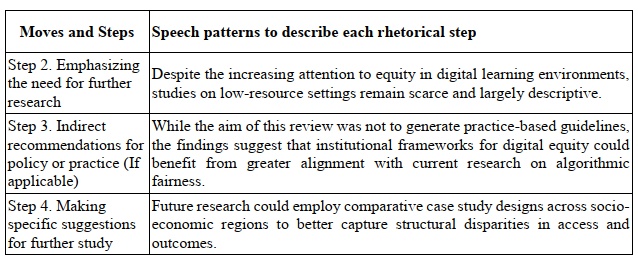
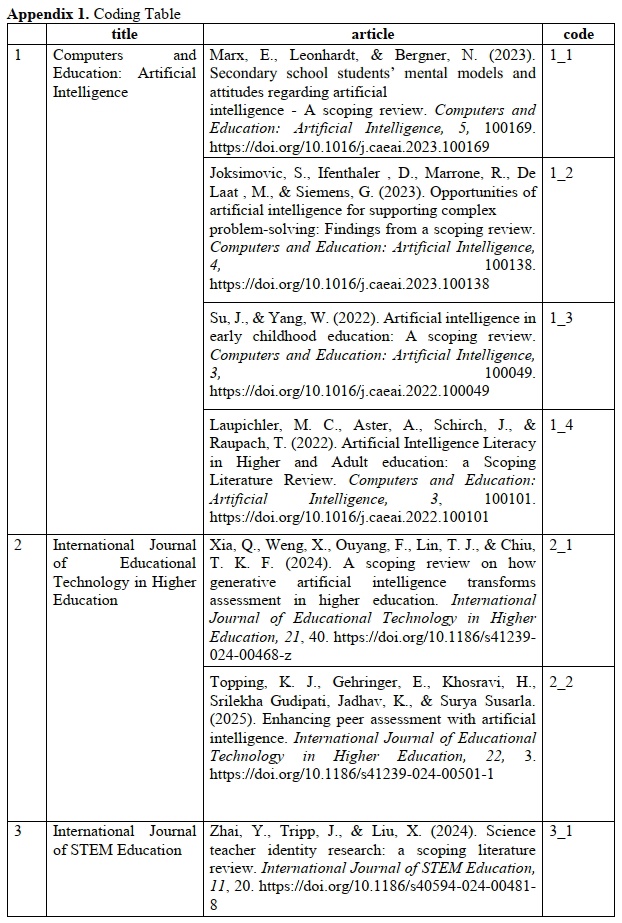

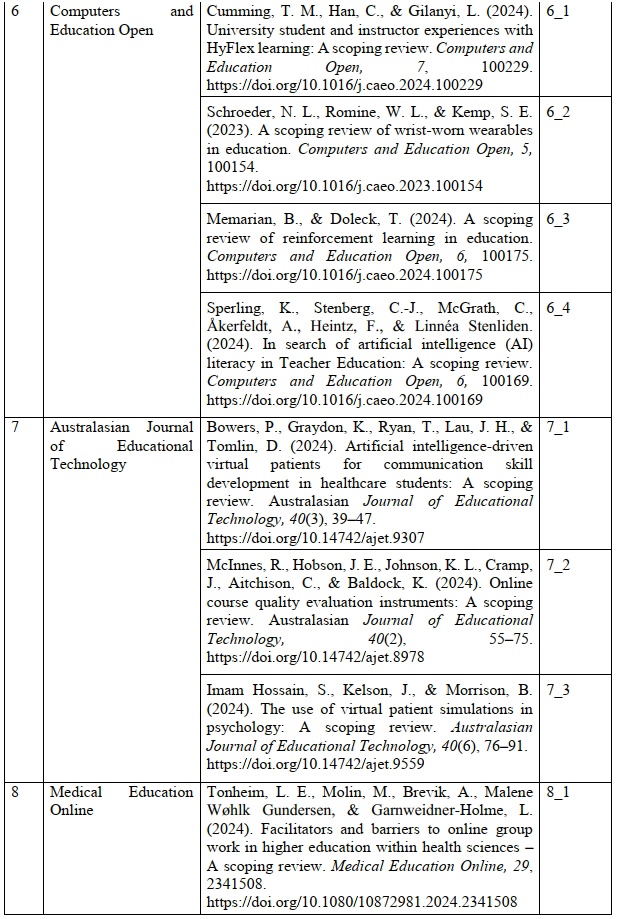
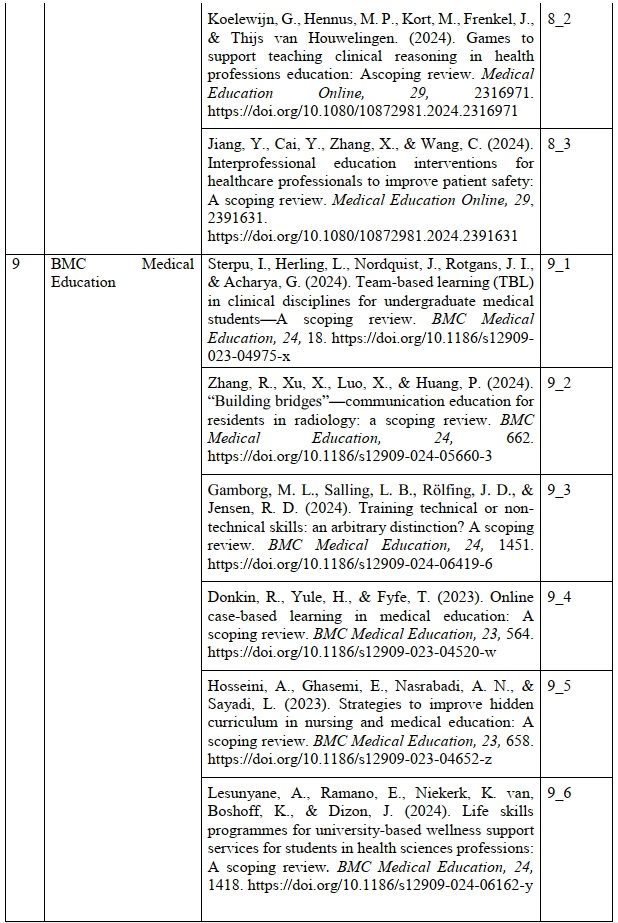
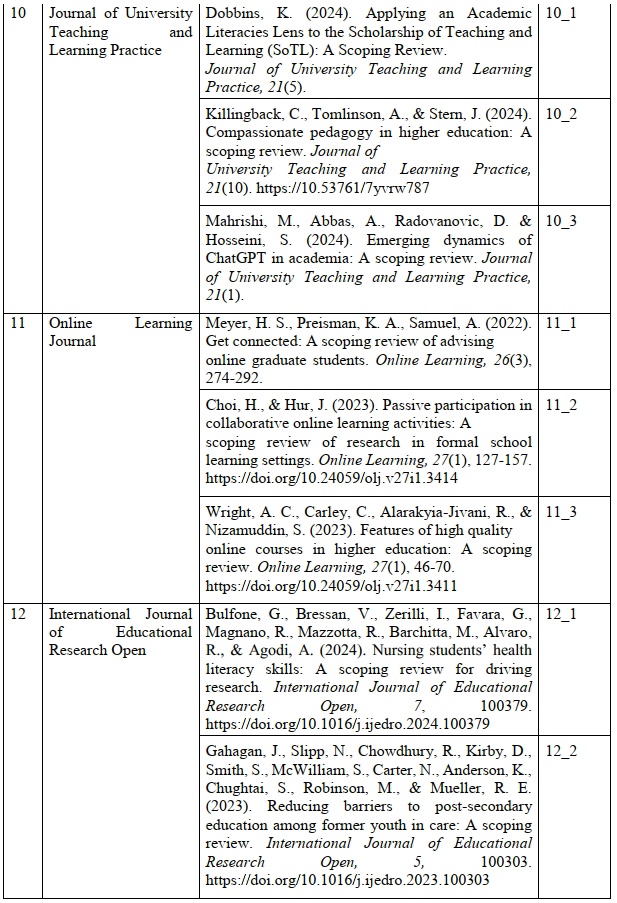
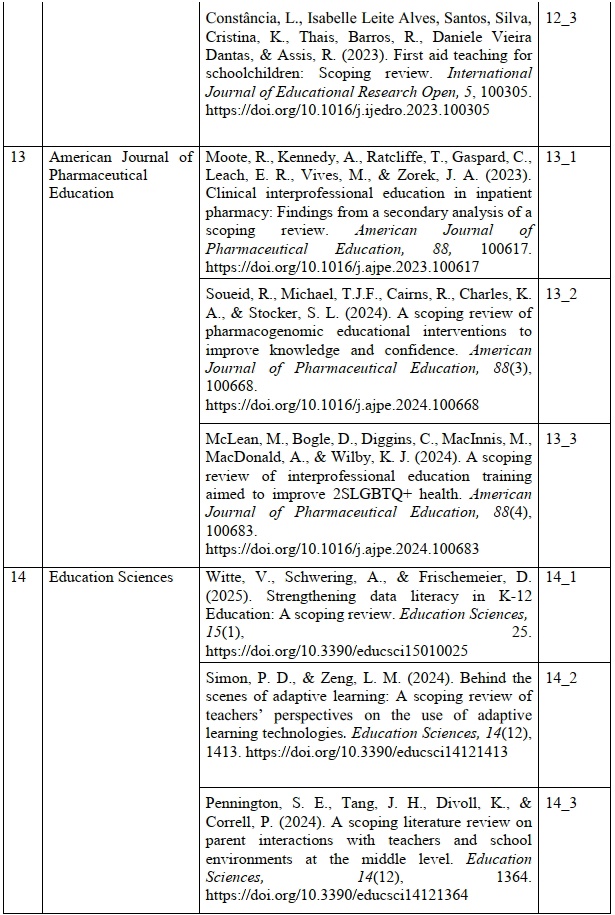
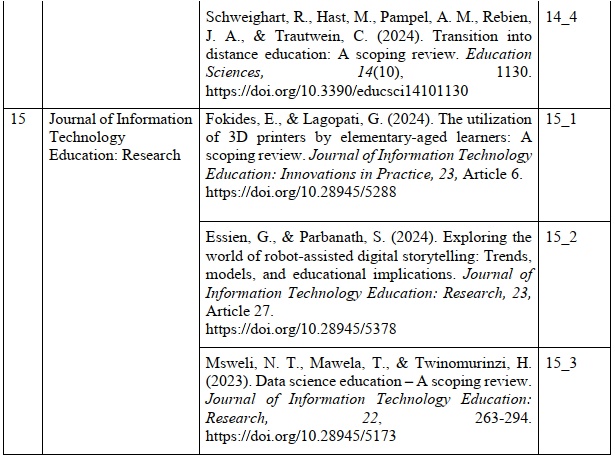
Tikhonova, E. V., Kosycheva, M. A., Golechkova, T. Yu. (2025). Scoping review rhetorical structure of discussion section: genre specifics and principles of modeling, Research Result. Theoretical and Applied Linguistics, 11 (2), 80–118.


















While nobody left any comments to this publication.
You can be first.
Al-Shujairi Y., Tan H., Abdullah A., Nimehchisalem V. and Imm L. (2020). Lexical bundles in the discussion section moves of high impact medical research articles, Pertanika Journal of Social Science and Humanities, 28 (3), 2043–2061. (In English)
Arksey, H. and O’Malley, L. (2005). Scoping studies: Towards a methodological framework, International Journal of Social Research Methodology, 8 (1), 19–32. https://doi.org/10.1080/1364557032000119616(In English)
Ash’ari, N., Barabadi, E. and Shirvan, M. E. (2023). The rhetorical organization of discussions sections of qualitative research articles in Applied Linguistics and the use of meta-discourse markers, Journal of English for Academic Purposes, 66, 101310. https://doi.org/10.1016/j.jeap.2023.101310(In English)
Basturkmen, H. (2012). A genre-based investigation of discussion sections of research articles in Dentistry and disciplinary variation, Journal of English for Academic Purposes, 11 (2), 134–144. https://doi.org/10.1016/j.jeap.2011.10.004(In English)
Bouck, Z., Straus, S. E. and Tricco, A. C. (2022). Systematic versus rapid versus scoping reviews, Methods in Molecular Biology, 2345, 103–119. https://doi.org/10.1007/978-1-0716-1566-9_6(In English)
Casal, J. E. and Kessler, M. (2020). Form and rhetorical function of phrase-frames in promotional writing: A corpus- and genre-based analysis, System, 95, 102370. https://doi.org/10.1016/j.system.2020.102370(In English)
Cotos, E., Huffman, S. and Link, S. (2017). A move/step model for methods sections: Demonstrating rigour and credibility, English for Specific Purposes, 46, 90–106. https://doi.org/10.1016/j.esp.2017.01.001(In English)
Deng, Y., Lei, J., Jin, T. and Chen, J. (2024). Developing genre awareness in collaborative academic reading: A case study of novice academic learners, English for Specific Purposes, 74, 9–22. https://doi.org/10.1016/j.esp.2023.11.001(In English)
Farhang-Ju, M., Jalilifar, A. and Keshavarz, M. H. (2024). Specificity and generality of lexical bundles in the rhetorical moves of Applied Linguistics research article Introductions, Journal of English for Academic Purposes, 69, 101387–101387. https://doi.org/10.1016/j.jeap.2024.101387(In English)
Grant, M. J. and Booth, A. (2009). A typology of reviews: An analysis of 14 review types and associated methodologies, Health Information & Libraries Journal, 26 (2), 91–108. https://doi.org/10.1111/j.1471-1842.2009.00848.x(In English)
Golparvar, S. E., Crosthwaite, P. and Ziaeian, E. (2023). Mapping cohesion in research articles of applied linguistics: A close look at rhetorical sections, Journal of English for Academic Purposes, 101316. https://doi.org/10.1016/j.jeap.2023.101316(In English)
Hopkins, A. and Dudley-Evans, T. (1988). A genre-based investigation of the discussion sections in articles and dissertations, English for Specific Purposes, 7 (2), 113–121. https://doi.org/10.1016/0889-4906(88)90029-4(In English)
Jin, G., Li, C. and Sun, Y. (2024). Developing a genre-based research article reading module for undergraduate students, Journal of English for Academic Purposes, 72, 101448. https://doi.org/10.1016/j.jeap.2024.101448(In English)
Jin, Q. and Gao, Y. (2024). A rhetorical move-step analysis of graphical abstracts in experimental research articles, Journal of English for Academic Purposes, 70, 101396–101396. https://doi.org/10.1016/j.jeap.2024.101396(In English)
Kanoksilapatham, B. (2005). Rhetorical structure of biochemistry research articles. English for Specific Purposes, 24, 269–292. https://doi.org/10.1016/j.esp.2004.08.003(In English)
Khalil, H., Peters, M., Godfrey, C. M., McInerney, P., Soares, C. B. and Parker, D. (2016). An evidence-based approach to scoping reviews, Worldviews on Evidence-based Nursing, 13 (2), 118–123. https://doi.org/10.1111/wvn.12144(In English)
Liu, L., Jiang, F. (Kevin) and Du, Z. (2023). Figure legends of scientific research articles: Rhetorical moves and phrase frames, English for Specific Purposes, 70, 86–100. https://doi.org/10.1016/j.esp.2022.11.005(In English)
Levac, D., Colquhoun, H. and O’Brien, K. K. (2010). Scoping studies: Advancing the methodology, Implementation Science, 5 (1), 1–9. https://doi.org/10.1186/1748-5908-5-69(In English)
Mak, S., and Thomas, A. (2022). Steps for conducting a scoping review, Journal of graduate medical education, 14 (5), 565–567. https://doi.org/10.4300/JGME-D-22-00621.1(In English)
Moher, D., Stewart, L. and Shekelle, P. (2015). All in the family: Systematic reviews, rapid reviews, scoping reviews, realist reviews, and more, Systematic Reviews, 4 (1), 183. https://doi.org/10.1186/s13643-015-0163-7(In English)
Peacock, M. (2002). Communicative moves in the discussion section of research articles, System, 30, 479–497. https://doi.org/10.1016/S0346-251X(02)00050-7(In English)
Peacock, M. (2011). The structure of the method section in research articles across eight disciplines, The Asian ESP Journal, 7 (2), 97–124. (In English)
Peters, M. D. J., Marnie, C., Tricco, A. C., Pollock, D., Munn, Z., Alexander, L., McInerney, P., Godfrey, C. M. and Khalil, H. (2020). Updated methodological guidance for the conduct of scoping reviews. JBI Evidence Synthesis, 18 (10), 2119–2126. https://doi.org/10.11124/JBIES-20-00167(In English)
Pho, P. D. (2009). An evaluation of three different approaches to the analysis of research article abstracts, Monash University Linguistics Papers, 6 (2), 11–16. (In English)
Ruiying, Y. and Allison, D. (2003). Research articles in applied linguistics: moving from results to conclusions, English for SpecificPurposes, 22 (4), 365–385. https://doi.org/10.1016/S0889-4906(02)00026-1(In English)
Samraj, B. (2005). An exploration of a genre set: research article abstracts and introductions in two disciplines, English for Specific Purposes, 24 (2), 141–156. https://doi.org/10.1016/j.esp.2002.10.001(In English)
Samraj, B. (2016). Discourse structure and variation in manuscript reviews: Implications for genre categorization, English for Specific Purposes, 42, 76–88. https://doi.org/10.1016/j.esp.2015.12.003(In English)
Schreiber, F. and Cramer, C. (2022). Towards a conceptual systematic review: proposing a methodological framework, Educational Review, 76 (6), 1–22. https://doi.org/10.1080/00131911.2022.2116561(In English)
Sun, H., Mei, X. and Zhang, H. (2024). Understanding news & views articles: Rhetorical structures across different disciplines, English for Specific Purposes, 73, 61–74. https://doi.org/10.1016/j.esp.2023.10.001(In English)
Swales, J. M. (1990). Genre analysis: English in academic and research settings, Cambridge University Press. (In English)
Swales, J. M. (2004). Research genres: Explorations and applications, Cambridge University Press. https://doi.org/10.1017/CBO9781139524827(In English)
Tikhonova, E., Kosycheva, M.A., and Golechkova, T.Y. (2023). Establishing rapport with the reader: engagement markers in the discussion section of a research article, Integration of Education, 27 (3), 354–372. https://doi.org/10.15507/1991-9468.112.027.202303.354-372(In English)
Tikhonova E., Mezentseva D., and Kasatkin P. (2024). Text redundancy in academic writing: A scoping review, Journal of Language and Education, 10 (3), 128–160. https://doi.org/10.17323/jle.2024.23747(In English)
Tikhonova E.V. (2024). Discussion of results in original research: Rhetorical moves and their implementation, Science Editor and Publisher. 9 (1), 6–37. https://doi.org/10.24069/SEP-24-14(In Russian)
Tricco, A. C., Soobiah, C., Antony, J., Cogo, E., MacDonald, H., Lillie, E., Tran, J., D'Souza, J., Hui, W., Perrier, L., Welch, V., Horsley, T., Straus, S. E. and Kastner, M. (2016). A scoping review identifies multiple emerging knowledge synthesis methods, but few studies operationalize the method, Journal of Clinical Epidemiology, 73, 19–28. https://doi.org/10.1016/j.jclinepi.2015.08.030(In English)
Yang, R. and Allison, D. (2003). Research articles in Applied Linguistics: Moving from results to conclusions, English for Specific Purposes, 22, 365-385. https://doi.org/10.1016/S0889-4906(02)00026-1(In English)
Zhou, W., Li, Z. and Lu, X. (2023). Syntactic complexity features of science research article introductions: Rhetorical-functional and disciplinary variation perspectives, Journal of English for Academic Purposes, 61, 101212. https://doi.org/10.1016/j.jeap.2022.101212(InEnglish)